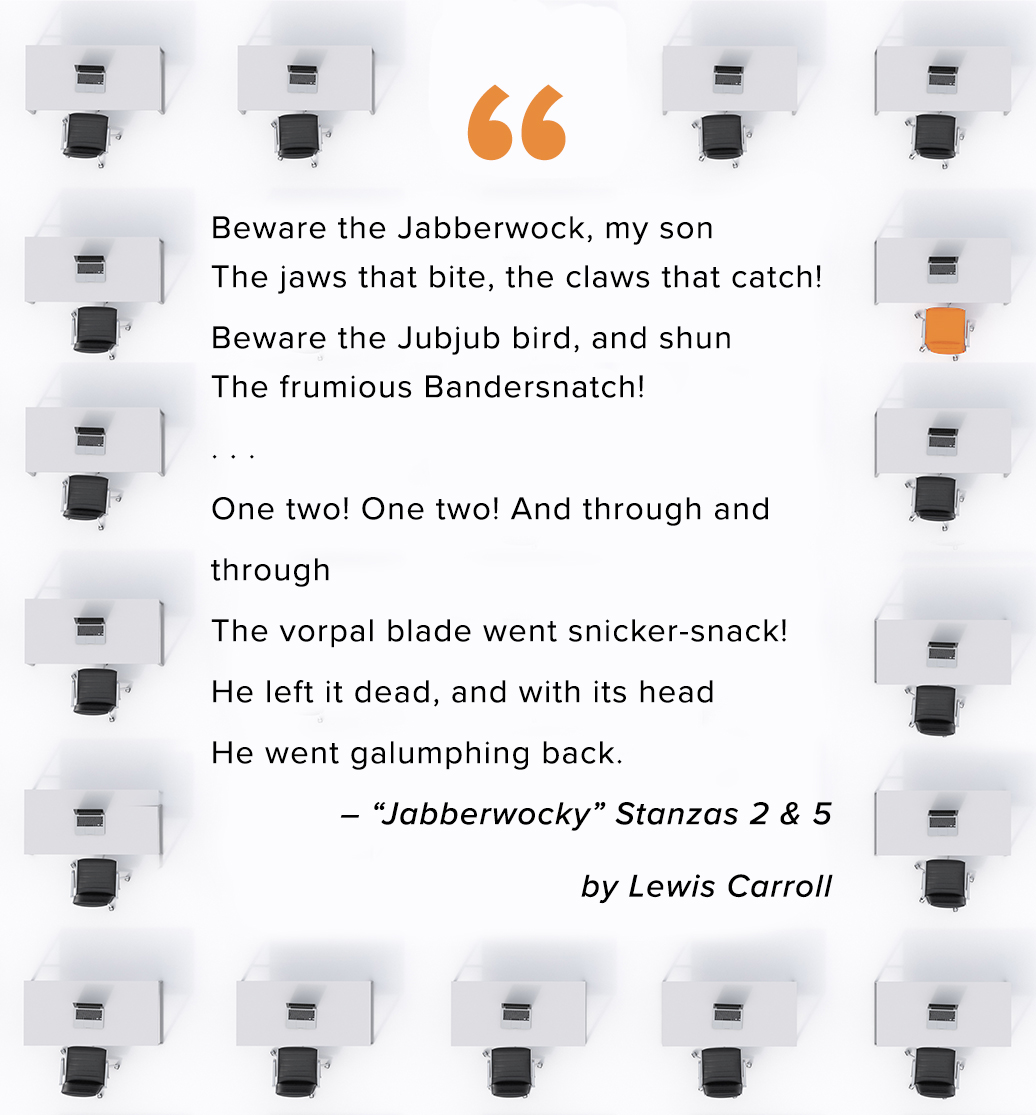
Humans are creatures of habit. So much so that atypical behavior should garner some attention. But we are too busy, too preoccupied, and too siloed at work to notice small quirks in the system or in how our coworkers have changed their work patterns.
Threat actors actually love that we are distracted as they dig into networks, exfiltrate data, and move undetected throughout your systems.
Detect Atypical Use In Your IT Environment
How can we bring cybersecurity to the forefront and stop threat actors from getting into our systems - or isolating them immediately if they do get past our defenses?
When 21-year-old Massachusetts Air National Guardsman, Jack Teixeira, was caught (and subsequently indicted) for leaking top-secret government data, many people fixated on why someone so young could have access to such information. But they are asking the wrong question. As an IT specialist, he DID have the clearance he needed to access the documents, but his atypical use of file transfers and printers should have triggered a warning.
So the real question to ask is, "Why wasn't his user profile monitored in real-time to pick up anomalies in his behavior?"

Hindsight is 20/20--and classified documents are now on the web and in the hands of the public. It doesn't even matter that Teixeira's motive remains unknown. What matters is that there are tools and processes available to watch traffic patterns, track user behavior, monitor network activity, and trigger alerts when disruptive patterns are detected in an IT environment.
Sure, you may already have firewalls, login monitoring, and policies that dictate least privilege access for users, but do you have the tools in place to give you real-time data on who is using your systems and what is happening in your network? Are you using AI tools to alert to inconsistencies and changes in behavior? Do you have the processes, capacity, and expertise to respond properly when anomalies are detected?
SOC Interventions
Automation is an essential supportive tool to keep your IT operations running – but you still need humans in the Security Operations Center (SOC) to fill the gap between incident and resolution. But you also don't want to waste SOC resources with false positives and delays in finding root causes. The only way to prevent alert fatigue and quickly identify pain points is to consolidate your security tools and asset management system and point them toward securing business outcomes.
The SOC is a 24/7/365 hub of security deployment, incident response, and incident resolution. A SOC is the center of security operations and watchdog of your IT environment. Not only do you need AI tools to detect issues, but you need the brains and brawn of a SOC to monitor systems continuously and actively resolve incidents.
An in-house SOC or using the SOC services of a Solutions Provider is a critical component of a secure-by-design framework. IT security cannot be separated as a point solution - it must protect the health of your entire organization.
Zero Trust Security
What are security teams up against? The unknown. The changelings. The unstructured creatures that haunt your nightmares. State-sponsored threat actors impersonate your own users' legitimate credentials to get deep inside your network.
Your IT teams are fighting against intruders that morph from friend to fiend instantly--threats like Teixeira.
Lewis Carroll probably wasn't talking about cybercriminals in Jabberwocky--but he does warn us that we should beware of 'non-sensical' threats and fight them with a hero's courage.

Because the enemy is nameless, security experts recommend a Zero Trust framework to enforce security protocols across users in your environment. Zero Trust requires that users are continuously validated and authenticated before being allowed to access data and workloads. There is no downtime for IT security.
But humans alone can't manage user access 24/7/365 - that's where AI tools come into play. AI can filter, structure, and normalize a tremendous amount of data and contextualize that data to identify anomalies and incidents that must be responded to by humans. Zero Trust AI tools can feed advanced detection models and inform threat intelligence procedures.
Streamline IT Services with xTDR
Is your IT infrastructure frazzled? Too many tools and too many vendors? Then Extended Threat Detection and Response (xTDR) may be the right solution for you.
Zero Trust and xTDR can give your IT teams the "vorpal blade" they need to successfully mitigate and eradicate threats.
xTDR is a comprehensive cybersecurity solution that unifies threat hunting, threat detection, and incident response across your network, systems, infrastructure, and endpoints. As both a proactive and defensive solution, xTDR offers deep discovery and reconnaissance of your environment.
xTDR is powered by AI and IT Service Intelligence (ITSI) to make sense of all that disjointed data that is streaming in from your tools. xTDR makes that data actionable - to monitor user behavior, manage vulnerabilities, close security gaps, and give IT teams the information they need to respond to attacks and minimize the blast radius of malware.
If you want a comprehensive cybersecurity program that manages risk across your entire IT environment - from data backups to Office 365 to endpoints to servers to user authentication to antivirus to SOC to behavior monitoring to networks to ITSI - then you need xTDR.
Partner with TBC for IT Security
TBC, a Solutions Provider headquartered in Scottsdale, AZ, has launched our proprietary, single-platform xTDR cybersecurity solution to better serve our clients. TBC has over 26 years of experience in consolidating tools to manage client networks, servers, endpoints, Office 365, data backups, and SOC under one managed service umbrella. We are focused on orchestrating security protocols over every touch point that can make your infrastructure vulnerable or unstable.
TBC works closely with vendors like Zscaler, Veeam, and Nutanix to make sure their top-tier tools integrate with each other and with our processes to maintain visibility, day-to-day controls, and security. xTDR is a holistic solution that unifies disparate cybersecurity tools to protect your whole business.
At TBC, we understand that busy, siloed teams and vulnerable data trigger frustration and danger, and we want to remove that friction from your environment.
.png)

